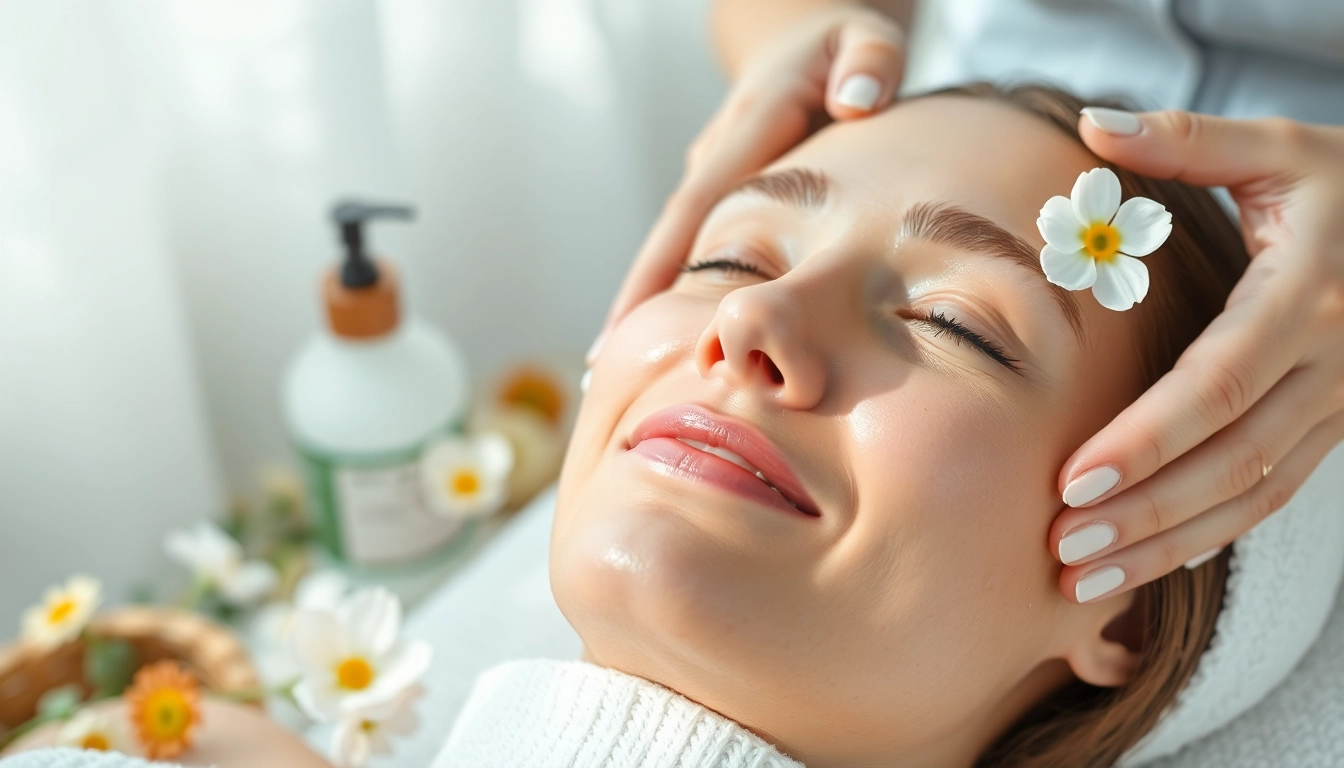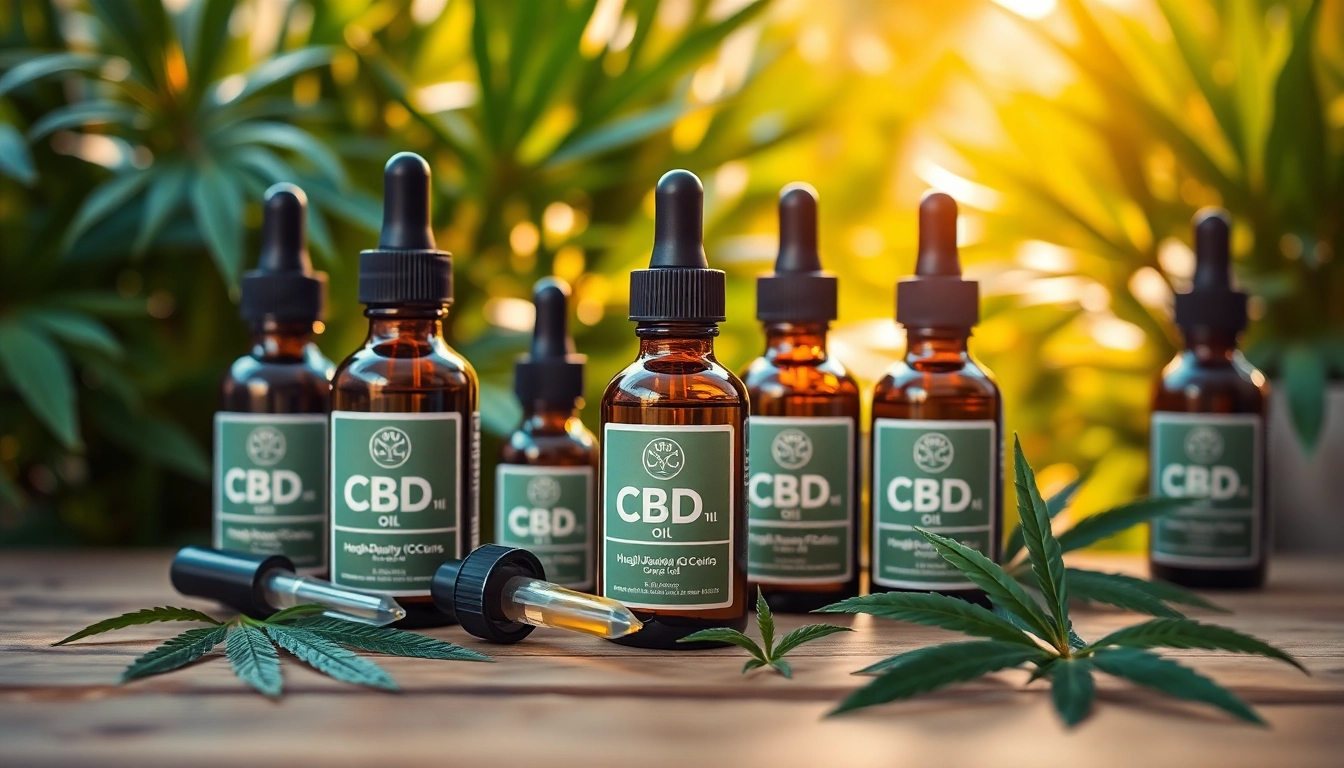Understanding the Importance of Regular Facial Treatments
Facial treatments are an essential part of a comprehensive skincare routine, playing a vital role in maintaining skin health and appearance. From enhancing the skin’s texture to providing hydration, regular facials can address various skin concerns and boost overall wellbeing. Investing in professional facial treatments can significantly improve the skin’s appearance and health through tailored techniques and professional expertise. Regular visits to a skincare specialist can keep your skin in optimal condition, making it crucial to understand the manifold benefits of facials, including facial treatments that cater to your specific needs.
1. Benefits for Different Skin Types
Understanding your skin type is fundamental when determining which facial treatments will yield the best results. Each skin type—whether oily, dry, sensitive, or combination—has unique characteristics that respond differently to various treatments. For instance, oily skin often benefits from facials that incorporate salicylic acid to help control oil production, while dry skin may require hydrating components like hyaluronic acid or glycerin to restore moisture levels.
Furthermore, individuals with sensitive skin should look for gentler options, such as calming facials that incorporate soothing ingredients like chamomile or aloe vera. Combination skin, which features both oily and dry areas, may require customized treatments that target specific regions without exacerbating other areas. Understanding these differences ensures that you obtain the precise care needed for optimal results.
2. How Facial Treatments Affect Your Skin Health
Facial treatments contribute significantly to skin health through several mechanisms. Regular treatments can improve circulation, leading to better oxygenation and nutrient delivery to skin cells. The result is radiant, healthy-looking skin. Facials also aid in lymphatic drainage, helping to remove toxins from the skin and reducing puffiness.
Moreover, professional facials often include exfoliation, which removes dead skin cells, thereby enhancing the absorption of skincare products and allowing them to penetrate deeper into the skin. This not only improves the efficacy of at-home skincare but also promotes cellular turnover, making your skin look fresher and more youthful.
3. Tailoring Treatments to Individual Needs
One of the most significant advantages of facial treatments is their customization based on individual skin needs. A skilled esthetician can assess your skin’s condition and recommend specific treatments, ensuring they align with your skin type, concerns, and goals. Whether you aim to combat premature aging, improve acne-prone skin, or simply add hydration, a tailored approach ensures that you receive the most effective care.
Furthermore, ongoing consultations can lead to adjustments in your treatment plan as your skin evolves with changing seasons, stress levels, diet, and age. Having an adaptive skincare strategy is crucial for maintaining skin health over time.
Types of Facial Treatments to Consider
The world of facial treatments is vast, offering a myriad of options to cater to specific skin needs. Understanding the various treatments available allows you to make informed decisions about which facials are most suitable.
1. Hydrating Facial Options
Hydration facials focus on replenishing moisture in the skin, making them ideal for those with dry or dehydrated skin. These treatments often incorporate hydrating serums or masks that contain ingredients such as hyaluronic acid, aloe vera, and vitamin E. Such facials can leave your skin feeling plump and soft.
During a hydrating facial, steam may be used to open up pores, followed by the application of hydrating products that soak into the skin deeply, leading to long-lasting moisture retention. These treatments can be especially beneficial during winter months when dry air can sap moisture from the skin.
2. Exfoliating Techniques for Radiant Skin
Exfoliation is a key component of many facials and is crucial for removing dead skin cells that can make the complexion appear dull. Techniques range from mechanical options, like microdermabrasion, to chemical exfoliants, like glycolic or salicylic acid peels.
By peeling away the top layers of skin, exfoliating facials help promote new skin cell growth, revealing a fresher, more radiant complexion beneath. These treatments can also help prevent breakouts by keeping pores unclogged.
3. Anti-Aging Treatments That Work
As we age, our skin undergoes various changes, prompting the need for specialized anti-aging facials. These treatments often include active ingredients such as retinoids, peptides, or antioxidants designed to combat fine lines and wrinkles while boosting collagen production.
Typically, anti-aging facials may involve techniques such as facial massage to stimulate blood circulation or the application of masks that deeply penetrate and nourish the skin. Regularly incorporating these treatments can significantly enhance skin elasticity and firmness over time.
What to Expect During a Facial Session
Understanding what to expect during a facial session can enhance your experience and prepare you for the best results. A typical facial is a multi-step process designed to cleanse, exfoliate, and nourish the skin.
1. The Step-by-Step Process Explained
A facial often begins with a thorough cleansing to remove makeup and environmental impurities. This is typically followed by an assessment of your skin type and condition, allowing the esthetician to tailor the treatment accordingly.
The next phase usually involves exfoliating the skin, which could be done manually or through chemical means. After exfoliation, extractions may take place to remove blackheads or clogged pores, although this step is not always necessary.
Once the skin is clean and clear, a facial mask tailored to your skin needs is applied, followed by toning and moisturizing to seal in hydration. Most facials also incorporate a relaxing massage, which not only enhances the experience but contributes to overall skin health.
2. Recommended Skin Products for Optimal Results
During a facial, various skincare products are utilized that contain active ingredients designed to achieve specific outcomes. Some common products include cleansing foams, exfoliating scrubs, serums rich in antioxidants, hydrating masks, and protective moisturizers.
It is important to consult with your esthetician regarding taking home skincare products that can complement your facial treatment. A consistent routine helps to maintain the effects of your facial while promoting long-term skin health.
3. Aftercare Tips to Extend Treatment Benefits
Aftercare is crucial to prolonging the benefits of your facial treatment. Avoiding heat and heavy exercise for 24 hours post-facial can help your skin settle after the treatment. Additionally, it’s advisable to refrain from using harsh products that might irritate the skin, such as exfoliants or active ingredients like retinol.
Regularly moisturizing and applying sunscreen are fundamental to protecting and nourishing your skin between treatments. Your esthetician may provide specific aftercare instructions tailored to your facial, ensuring that you maximize the results of your visit.
Frequently Asked Questions about Facial Treatments
Many questions arise when it comes to facial treatments, particularly regarding frequency, at-home alternatives, and pre- and post-treatment protocols.
1. How Often Should You Get Facials?
The frequency of facial treatments largely depends on your skin type and specific concerns. Generally, it is recommended to schedule facials every 4 to 6 weeks to maintain skin health. However, if you are targeting skin issues such as acne or hyperpigmentation, more frequent visits may be advisable.
Consulting with a skincare professional can help you develop a personalized regimen that provides the most benefits for your skin type.
2. Are At-Home Treatments Effective?
While at-home treatments can be beneficial for maintaining skin health, they often lack the same potency and precision as professional facials. At-home masks and skincare products can complement and enhance the results of professional treatments.
However, regular at-home care should not replace professional facials but can serve as a supportive follow-up to keep your skin looking its best between appointments.
3. What to Avoid Before and After a Facial
Prior to your facial, it is best to avoid sun exposure and the use of harsh products like retinoids or glycolic acid, as these can irritate the skin during treatment. Post-facial, it’s crucial to keep your skin free from makeup for at least 12 hours, as this allows your skin to breathe and absorb the benefits of the treatment.
Limiting exposure to heat or aggressive treatments like chemical peels after a facial is also recommended to ensure your skin recovers effectively.
Real Client Experiences: Transform Your Skin with Facials
Understanding the impact of facial treatments can be best illustrated through real client experiences and testimonials, showcasing the dramatic transformations achievable through consistent care and tailored treatments.
1. Testimonials from Satisfied Customers
Many clients have reported significant improvements in their skin’s texture and clarity after undergoing regular facial treatments. For instance, one client noted a marked reduction in acne breakouts and scarring after committing to monthly facials designed for her oily skin.
Another customer shared her journey with anti-aging facials, expressing how the combination of professional treatments and recommended home care has given her a more youthful appearance and increased confidence.
2. Before-and-After Comparisons
Visual evidence through before-and-after photos shows the profound effect facials can have. Clients often report visible differences in skin tone, firmness, and overall radiance, illustrating the power of professional skincare.
Such comparisons not only serve to inspire others but also reflect the real results that commitment to a skincare routine can yield.
3. Expert Insights into Skincare Success Stories
Many skincare professionals share success stories of clients whose skin has transformed through diligent care, referencing personalized treatment plans that address individual concerns efficiently. Experts emphasize the importance of understanding skin physiology and adapting treatment protocols for each client.
These insights provide a glimpse into the collaborative nature of skincare, emphasizing that the journey to radiant skin is best pursued with professional guidance and consistent treatment.



